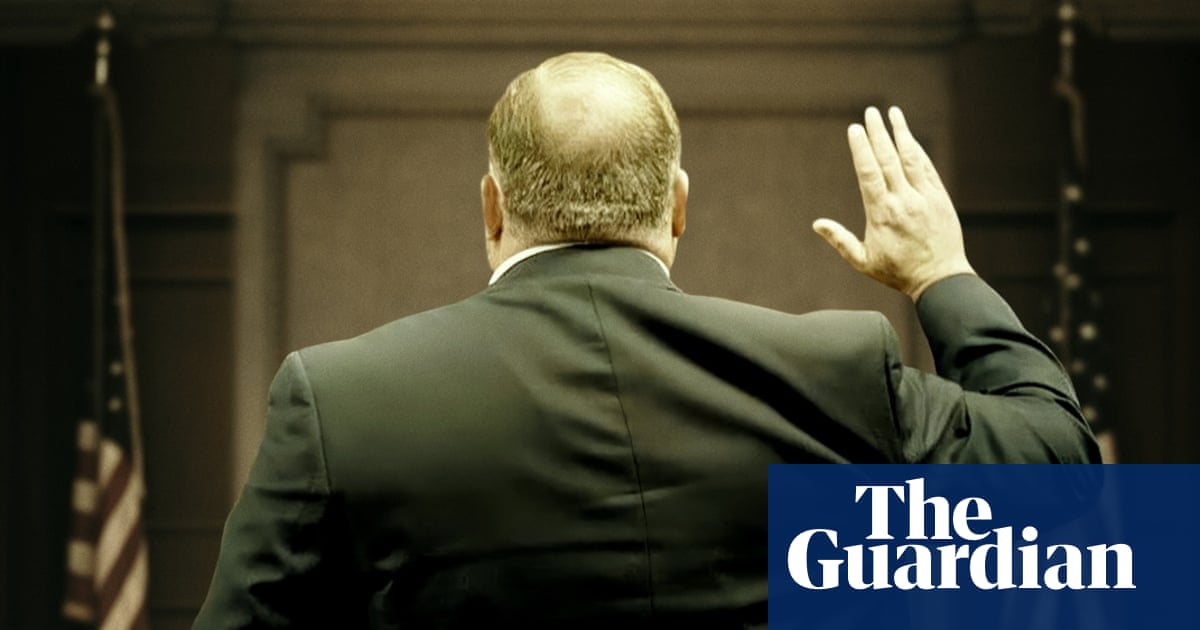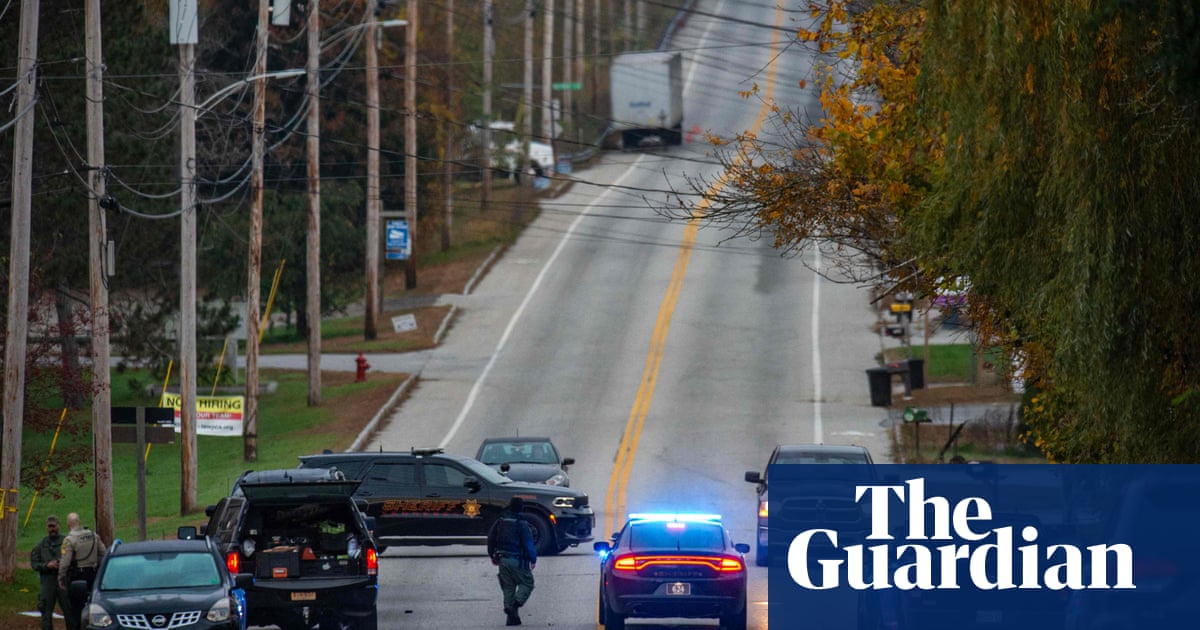
For a few moments, the four of us were overcome with our cleverness at having found such a place, especially at such short notice. The cottage stood at the end of a long track, at the head of a secluded valley not far from Chatsworth in Derbyshire. Getting out of the car after what felt like eight years on the road, we could see nothing but fields, sheep and, etched against the sky on a hill behind the house, a rookery in a clump of tall trees. How idyllic. How well we were going to sleep!
Cut to 5am. Bang, bang. Caw. Bang, bang, bang. Caw, caw, caw. At this time of year, rooks, gregarious but also fiercely territorial, catch sight of their reflections in windows and having mistaken their inky feathers for those of another bird, attempt to attack their imaginary rivals. If this sounds charmingly rustic, believe me when I tell you that it isn’t. Rooks are big and strong – their wingspans are around 90cm – and when they’re feeling aggressive, their beaks are as forceful as jackhammers. Before long, the cottage windows were smeared with blood and other kinds of gunge.
Three hours later, when the bombardment was at an end, I scoured the internet for a solution. An RSPB warden suggested smearing the windows with soap or covering them with clingfilm. But in a holiday rental in the middle of nowhere, this was a task too far: no ladder, no soap, only enough clingfilm for a half-eaten tin of baked beans. Our Hitchcockian nightmare was repeated daily for the rest of our stay.
Make do and mend
The photographer Lee Miller is best known for her devastating images of Europe in the weeks and months after D-Day, and for that unforgettable self-portrait in which she can be seen soaping herself in Hitler’s bath. But at her former home, Farleys House in East Sussex, you can now see a completely different side of her, thanks to an exhibition of the work she did for Vogue between 1939 and 1945.
I loved looking at these shoots. The ethos of make do and mend is there not only in the fashions, but in the styling, too; in one picture, her model poses in front of a backdrop knocked together from cardboard egg boxes. But I was struck, in a month when the weather has been unusually unpredictable, by the way that the war encouraged designers to make clothes of all kinds more versatile. Personally, I’d be very much in the market for a frock with “clever” detachable sleeves like the one Norman Hartnell created for the Girl Guides in 1944.
Kicking back with Kate
One side effect of the pandemic: I’m so avid for new experiences. The other day, for instance, I amazed myself by booking tickets for David Lean’s 1955 film Summertime, in which Katharine Hepburn gets into all kinds of romantic trouble on holiday in Venice, at the Barbican’s temporary outdoor cinema in its sculpture court.
In the beforetime, I might have hesitated over this. Even if I hadn’t had somewhere else to be on the August bank holiday, I would have worried about rain, or noise, or whether there would be cushions. But not now. I can scarcely imagine anything more glamorous, unless, that is, I was suddenly to be able to fly to Venice myself, in a pair of red mules just like those her character Jane kicks off when she is at last seduced by Renato (the gorgeous, pouting Rossano Brazzi).












